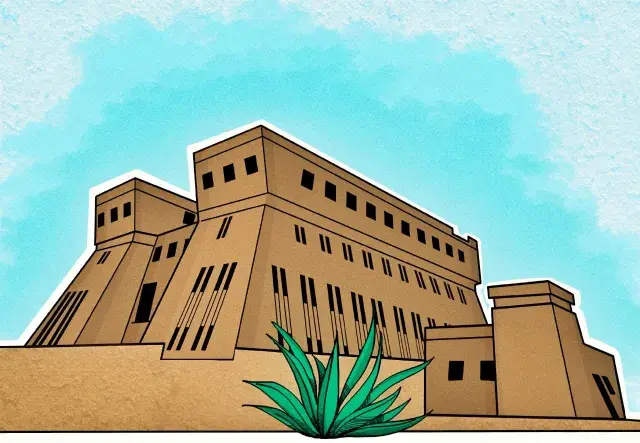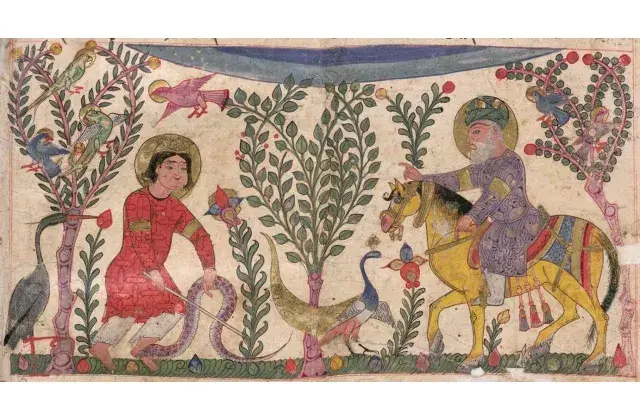The Great Library of Ashurbanipal

Ashurbanipal, who ruled the Assyrian empire between 669-631 BCE, ambitious as any other Assyrian kings, wanted to construct a library that contained all the knowledge under one room. “Ashurbanipal’s Library” is a name given to 30,000 cuneiform tablets that were excavated in the city of Nineveh which was once the capital of the Assyrian empire. Although at the fall of the Assyrian empire, Nineveh was set on fire, these clay tablets became stronger and preserved knowledge of Iraq’s ancient civilisations to be discovered by archaeologists centuries later. The Library was excavated in a series of archaeological excavations between 1840s to 1930s CE, and considered to be one of the most significant archaeological discoveries that contain thousands of cuneiform records of the ancient civilisations.
Ashurbanipal's father sought the education of the young prince to grant him direct access to the knowledge essential for governing the empire. Assyrian scholarship prioritised comprehending divine will, leading his Library to emphasise texts interpreting omens from the gods. Unlike the other kings, Ashurbanipal could read and write, and he loved to boast about his scholarly abilities. He was after all the knowledge in the world and wanted to collect copies of every book. Hence, he established the world’s first organised and catalogued library. It is believed that his library contained hundreds and thousands of cuneiform tablets, but only 30,000 have been excavated so far which are now in The British Museum. The tablets consisted of a rich composition such as, religious, medical, mathematical, lexical, legal documents, historical and literary texts as well as myth and epics. The renowned literary work, the Epic of Gilgamesh was among the tablets found in the library.
Before the unearthing of the Library, historian’s knowledge of ancient Assyria primarily stemmed from accounts in the Bible or classical historians. Upon its discovery, a treasure of thousands of cuneiform texts emerged, allowing us a glimpse into the Assyrian narrative through their own writings. Within these texts, historians have been able to gain insight on court intrigues, confidential intelligence reports, detailed rituals, hymns, prayers, medical guides, and the extensive accounts of the kings' actions.
While numerous tablets have surfaced from various sites in Iraq since the discovery of the library, Ashurbanipal's tablets remain as a primary source of knowledge, providing a wealth of insight into ancient Iraq’s scholarship during that era. A selection of the tablets from the Library is on permanent display at The British Museum and can be visited remotely on Google Street View. Some tablets of the Library were displayed as part of I am Ashurbanipal: king of the world, king of Assyria exhibition at The British Museum.
This article was written by Renas Babakir and is licensed under CC BY-NC 4.0.






